Regulatory Support for Boron Doped Diamond Electrode Market
Regulatory frameworks are increasingly supporting the growth of the Boron Doped Diamond Electrode Market, as governments and organizations emphasize the need for safer and more efficient materials in various applications. Policies aimed at reducing hazardous substances in industrial processes are encouraging the adoption of boron-doped diamond electrodes, which are known for their non-toxic and environmentally friendly characteristics. This regulatory support is expected to enhance market penetration, particularly in sectors such as pharmaceuticals and food safety, where stringent compliance is essential. The anticipated market growth due to these regulations could reach a CAGR of 9% over the next few years, as industries adapt to meet new standards and seek innovative solutions that align with regulatory requirements.
Sustainability Focus in Boron Doped Diamond Electrode Market
Sustainability is becoming a pivotal driver in the Boron Doped Diamond Electrode Market, as industries seek eco-friendly alternatives to traditional materials. The unique properties of boron-doped diamond electrodes, such as their chemical inertness and durability, make them suitable for sustainable applications in wastewater treatment and renewable energy systems. The market is witnessing a shift towards greener technologies, with an increasing number of companies investing in research and development to create sustainable electrode solutions. This trend is expected to contribute to a market growth rate of around 12% in the coming years, as regulatory pressures and consumer preferences align with sustainable practices. The emphasis on reducing environmental impact is likely to propel the adoption of boron-doped diamond electrodes across various sectors.
Expanding Applications of Boron Doped Diamond Electrode Market
The Boron Doped Diamond Electrode Market is witnessing an expansion in applications, particularly in fields such as biomedical devices, electrochemical sensors, and energy storage systems. The versatility of boron-doped diamond electrodes allows for their use in diverse environments, from harsh chemical conditions to sensitive biological settings. Recent studies indicate that the market for electrochemical sensors alone is expected to reach USD 5 billion by 2026, with boron-doped diamond electrodes playing a significant role in this growth. Additionally, their application in energy storage technologies, such as supercapacitors, is gaining traction, as these electrodes offer high conductivity and stability. This broadening of application areas is likely to drive demand and foster innovation within the boron-doped diamond electrode market.
Technological Advancements in Boron Doped Diamond Electrode Market
The Boron Doped Diamond Electrode Market is experiencing a surge in technological advancements that enhance the performance and efficiency of electrodes. Innovations in manufacturing processes, such as chemical vapor deposition, have led to the production of high-quality boron-doped diamond electrodes with superior electrochemical properties. These advancements are crucial for applications in various sectors, including environmental monitoring and electrochemical sensors. The market is projected to grow at a compound annual growth rate (CAGR) of approximately 10% over the next five years, driven by the increasing demand for precise and reliable measurement tools. Furthermore, the integration of nanotechnology in electrode design is likely to improve sensitivity and selectivity, thereby expanding the potential applications of boron-doped diamond electrodes.
Rising Demand in Energy Sector for Boron Doped Diamond Electrode Market
The energy sector is driving a notable demand for the Boron Doped Diamond Electrode Market, particularly in applications related to renewable energy and energy storage. As the world shifts towards sustainable energy solutions, the need for efficient and durable electrodes becomes paramount. Boron-doped diamond electrodes are increasingly utilized in electrolysis processes for hydrogen production, a key component of clean energy initiatives. Market analysts project that the demand for these electrodes in the energy sector could grow by approximately 15% in the next five years, as investments in renewable technologies escalate. This rising demand not only highlights the electrodes' potential in energy applications but also underscores their role in facilitating the transition to a more sustainable energy landscape.


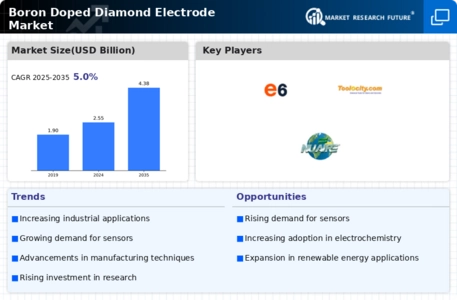
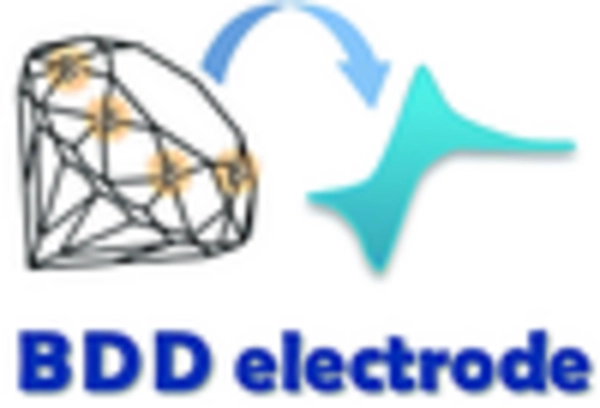
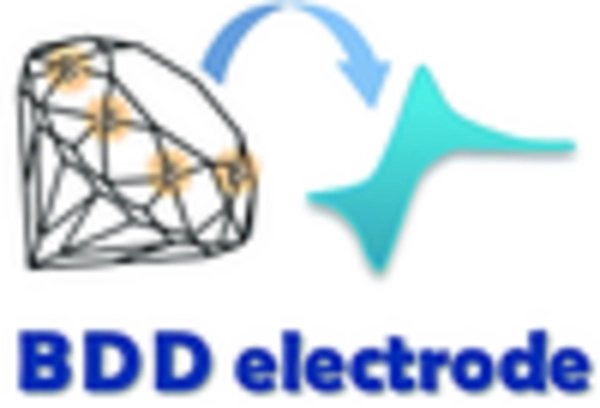
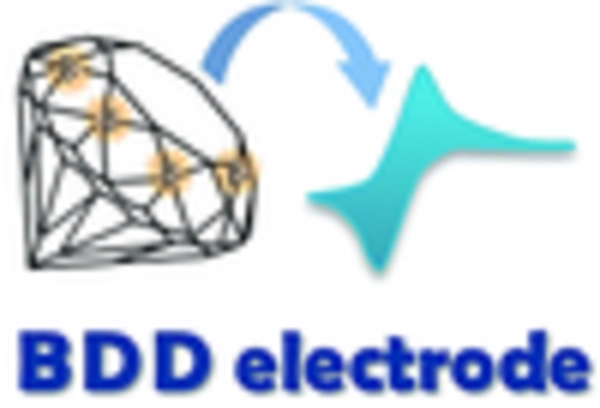
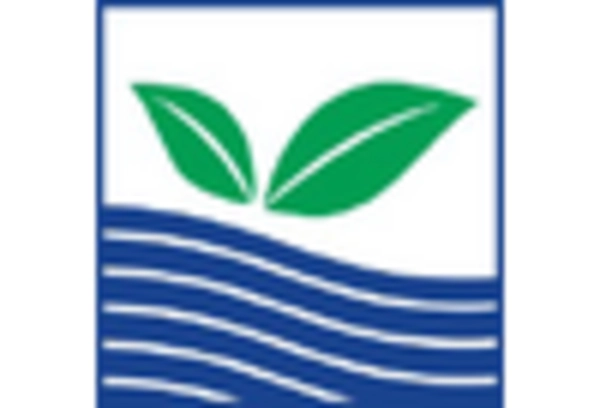
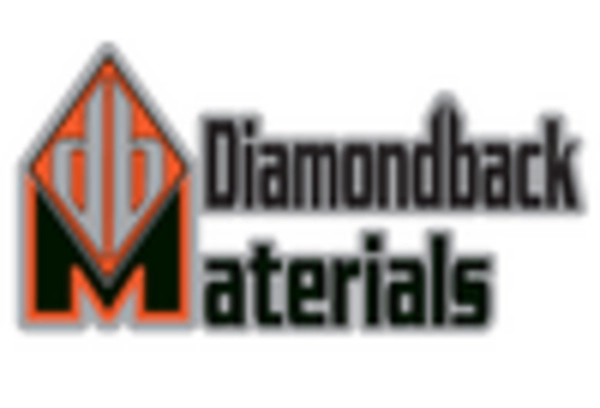
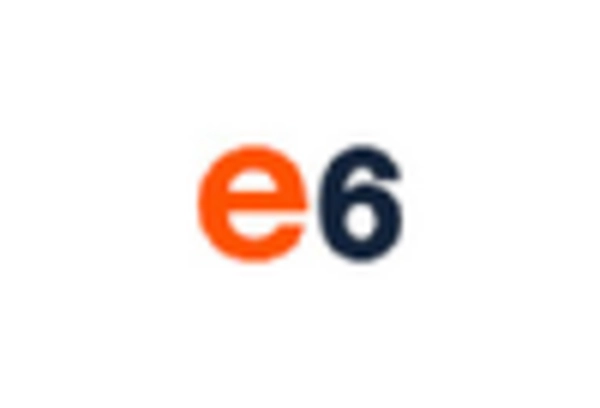








Leave a Comment